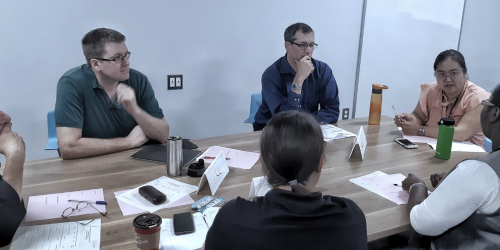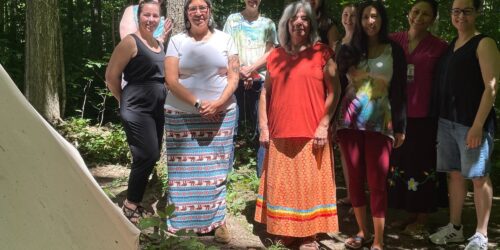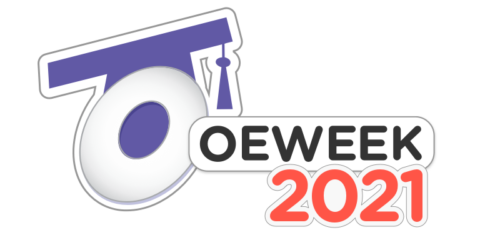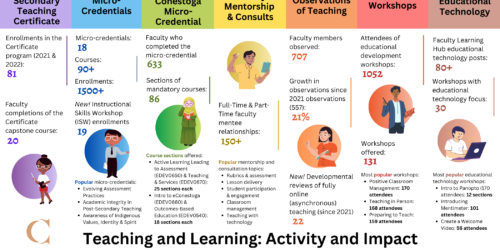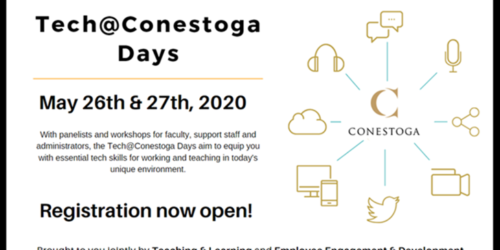
It’s National STEM Day, November 8th.
On November 8th, countries around the world will be celebrating the annual National STEM Day. Here are some ‘fun facts’ about the day you may not be aware of:
- The day originated in the United States in 2015.
- It was created by MGA Entertainment, a US toy company, to encourage youth to consider STEM subjects as part of their education.
- Interestingly, November 8th was chosen because word-play with that date creates “Nov8” sounding similar to “innovate”. Clever!
Why a National STEM Day?
National STEM Day was created in response to studies conducted in the early 2000s showing that students in the USA were falling behind educationally in STEM-related areas compared to other countries. The Day encourages awareness among teachers and students about the importance of a STEM education. It was also designed to help encourage under-represented populations, such as women and minorities, to explore STEM careers for their future.
Today, National STEM Day is celebrated around the world to encourage youth to consider those career pathways in Science, Technology, Engineering and Mathematics. With just a few kind words of encouragement and an opportunity explore, then wonderful things might happen as this cool video suggests:
STEM at the Cutting Edge
There are too many people throughout human history to thank for their STEM contributions that have shaped and improved our lives. But here are some of those people and their unique contributions to the STEM field. Some names you may recognize while others may surprise you with their contribution. Who might you add to this list?
Jennifer Doudna, an American biochemist, co-invented the CRISPR-Cas9 gene-editing technology
Elon Musk: Co-founder of SpaceX and Tesla, revolutionizing space travel and electric vehicles.
Ursula Burns: Former CEO of Xerox, the first African American woman to lead a Fortune 500 company.
Radhika Nagpal: Robotics engineer known for her work on swarm robotics and collective intelligence.
Tim Berners-Lee: Engineer and inventor of the World Wide Web, transforming how we access and share information.
Bertram N. Brockhouse Canadian scientist who developed neutron spectroscopy, a technique for studying the atomic structure of materials
Marie Curie: Physicist and chemist who discovered radium and polonium, and won two Nobel Prizes.
Carlos Juan Finlay: Physician and scientist who identified mosquitoes as the vector for yellow fever
Norman Borlaug: an American agronomist, is renowned for his work in developing high-yield, disease-resistant wheat varieties credited for saving over a billion people from starvation.
Ignaz Semmelweis: Physician who, in the 1850s, introduced the practice of handwashing with chlorinated lime solutions in medical settings to significantly improve infection control reducing death
Ben Carson: African American doctor who performed the first successful separation of conjoined twins joined at the back of the head and made significant contributions to pediatric neurosurgery
Donna Strickland Canadian scientist who co-invented chirped pulse amplification, a method to generate high-intensity, ultra-short laser pulses
Louis Pasteur credited with developing the germ theory of disease in the 1860s proving that food spoils due to contamination by bacteria
A Bright Future for STEM Careers
STEM fields are a fast-growing employment opportunity. Figure 1 below from the U.S. Bureau of Labor Statistics predicts job growth in STEM field at almost twice the rate of non-STEM fields. In Canada, the demand for STEM workers has steadily increased as well. Employment and Social Development Canada (ESDC) forecasts increased job openings in various professions, including STEM, between 2022 and 2031.
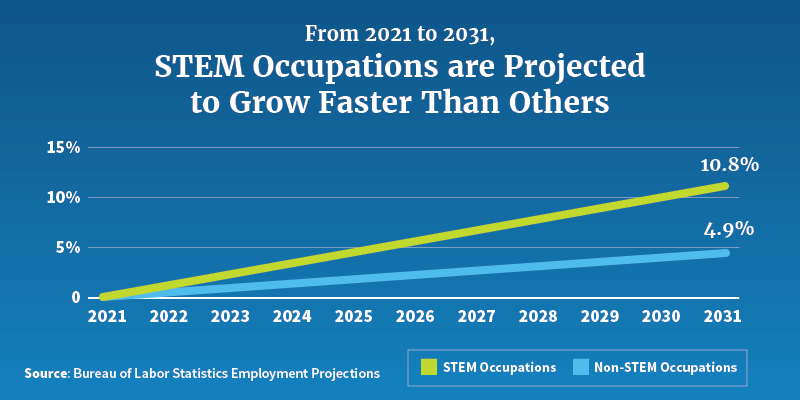
Figure 1. STEM employment projections from 2021 to 2031.
Let’s Celebrate! 15 Minute STEM Activities
If you can find 15 minutes before a class, or near the end, consider some ‘dollar store’ activities that are STEM related and fun for all ages. These are always engaging, cognitively challenging, and a great way to build and maintain community in your classroom. Here are a few classic activities you might try.
Build a Spaghetti Tower: Using uncooked spaghetti and mini marshmallows, challenge participants to build the tallest tower they can. This activity explores engineering concepts, teamwork, and creative problem-solving. Time limit: 15 minutes
Paper Airplane Challenge: Provide paper and allow everyone to make and test their own planes. Measure whose plane flies the farthest or stays in the air the longest, discussing aerodynamics and design. Time limit: 15 minutes.
STEM Gifts for You
Celebrate National STEM day on ‘Nov8’ by learning about an incredibly strong material found at the tip of a pencil . Or learn how gene editing will lead to new therapies for improved health. And if you have some added time, learn about the world’s lightest solid. Enjoy, and Happy National STEM Day!

